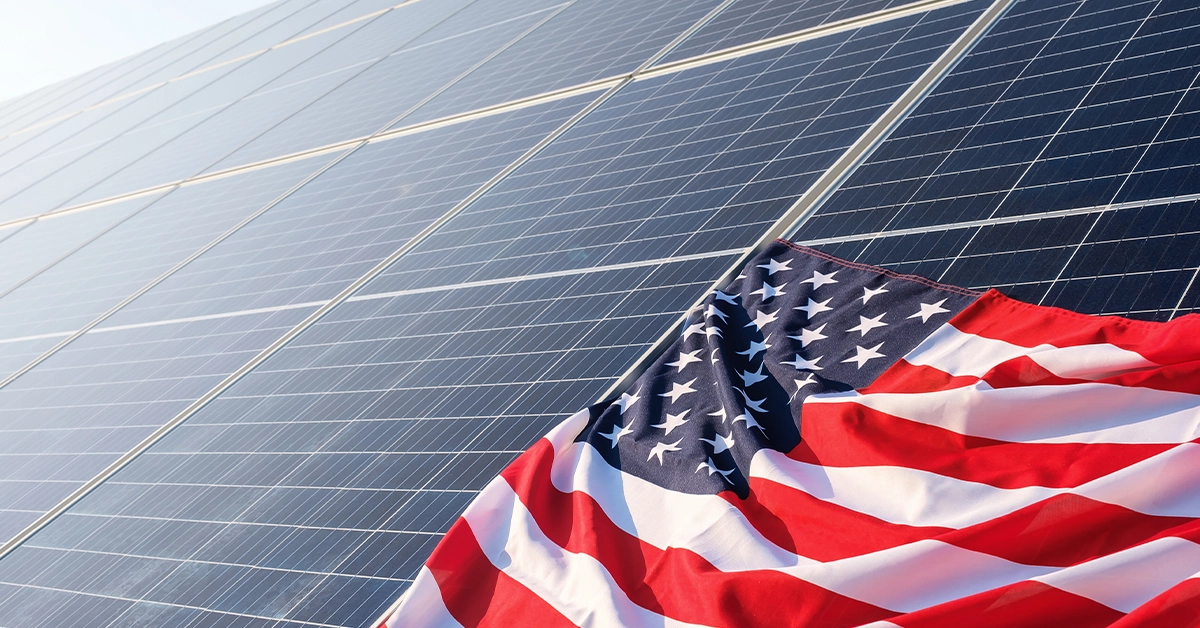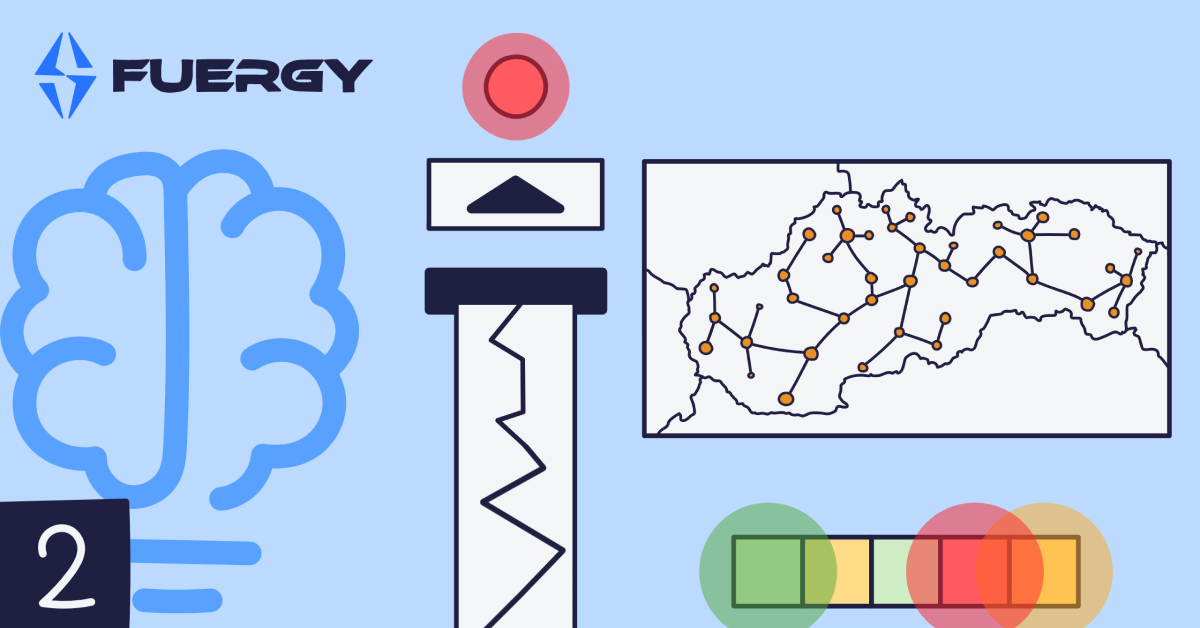
- Research into renewables
American research into renewables is and has always been, at the cutting edge of these technologies. As we’ve already mentioned, the U.S. is the country that gave us John B. Goodenough, the inventor of the Li-ion battery, Charles F. Brush and his wind turbine or Russell Ohl’s solar cell.
The National Renewable Energy Laboratory (NREL) is a government-owned research facility in Colorado that is dedicated to developing and improving renewable energy technologies. NREL works closely with a number of private partners on technological developments in renewable energy and energy efficiency. Although known primarily as a car company, Tesla is responsible for a great deal of research into energy efficiency and energy storage technologies, without which renewables could never be implemented on a mass scale.
- Desire for energy independence
Just like oil shocks of the 1970s prompted Ronald Reagan into supporting renewable energy and energy storage technologies, the difficulty of dealing with certain oil-exporting countries has prompted many politicians and their voters into pushing for greater U.S. energy independence.
However, energy independence is a double-edged blade. A reduction in energy imports does not necessarily have to mean a reduction in fossil fuel consumption. Though the U.S. imports about 20% of its energy, that number has declined through the past decade, this has been caused also by the emergence of technologies that allow the extraction of shale oil and gas. However, as these resources are by definition finite, a long-term energy independence strategy will ultimately require the utilization of renewable energy resources.

- Large and wealthy consumer market
The green energy revolution must be a collective effort and needs to involve various grassroots projects such as roof-mounted solar systems for households. Luckily, Americans are very fond of renewable energy – 65% of them would rather support renewable energy than fossil fuel solutions. The U.S. is a nation of over 327 million and with its 5th largest adjusted net national income per capita, it is clearly one of the best, if not the best, the consumer market for renewables.
Although the U.S. market for solar PVs is showing signs of slowing down, it keeps double-digit gigawatts pace of installed capacity third year in a row. In 2018, the U.S solar industry installed 10.6 GW of solar systems, and expects the 14 percent growth in 2019.
- Natural potential
A 2015 study found that the U.S. could be 97% powered just by solar and wind (with a majority in wind, though that depends on energy storing capabilities). The country also has plenty of dammable rivers. The U.S. is already the fourth largest producer of hydroelectricity in the world, producing 7.3% of total global output. Geothermal energy is present through certain regions, with the most notable generation coming from the Geysers geothermalplant in Northern California, the largest of its kind in the world. Wave energy is being utilized in states such as Hawaii and California.
The country has renewable resources of virtually every conceivable kind, and it is clear that there is more than enough of it to power itself solely through renewable energy. There is demand for renewables, both among politicians and the American public, and you would be hard pressed to find a more lucrative and larger market than the U.S.
As we said, mitigating climate change must be a collective effort. FUERGY is here today and brings a unique, AI-powered solution improving the energy efficiency of the existing power grid while reaching the full potential of renewable energy sources. See how we progress by subscribing to our newsletter or following us on Twitter. Energy decentralization is closer than you might believe.
We are living in the future of energy. Are you?





